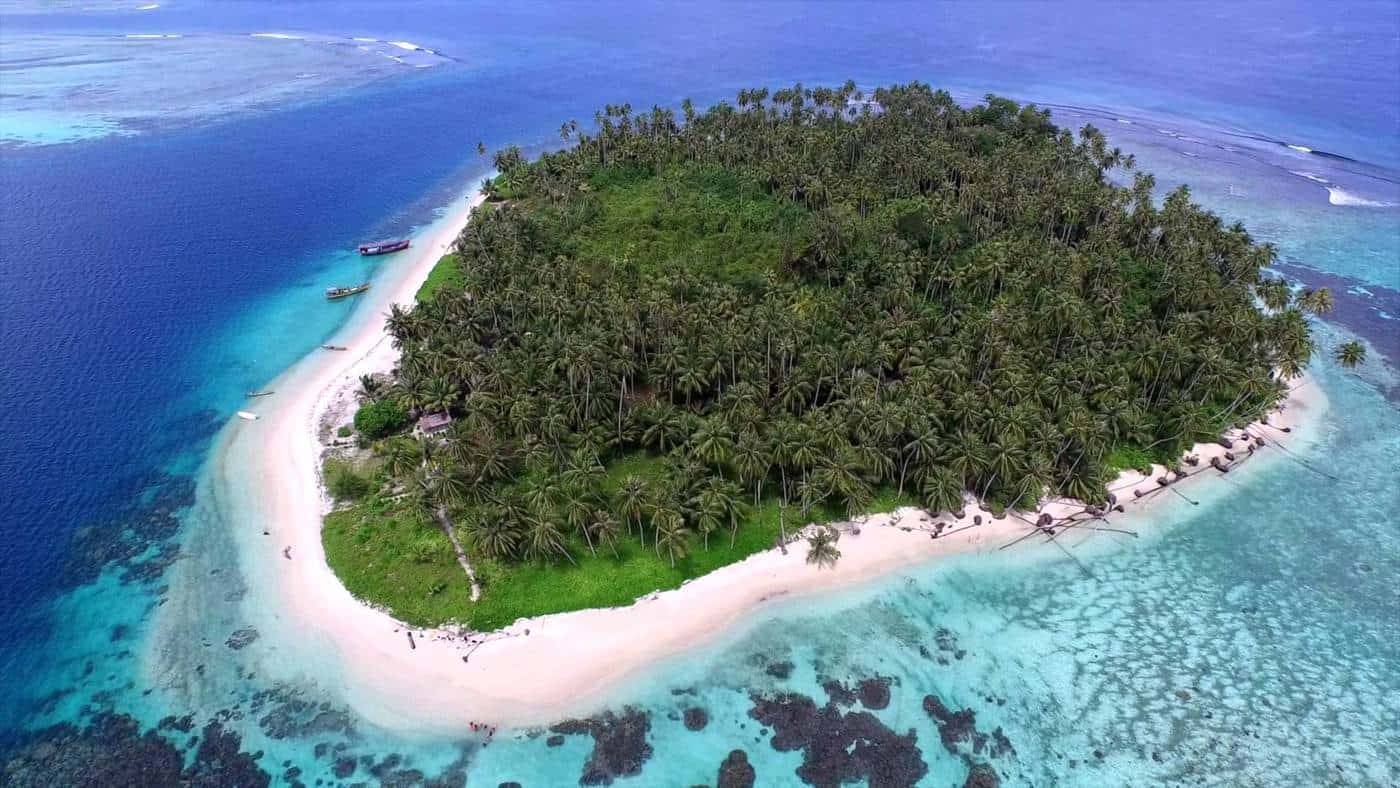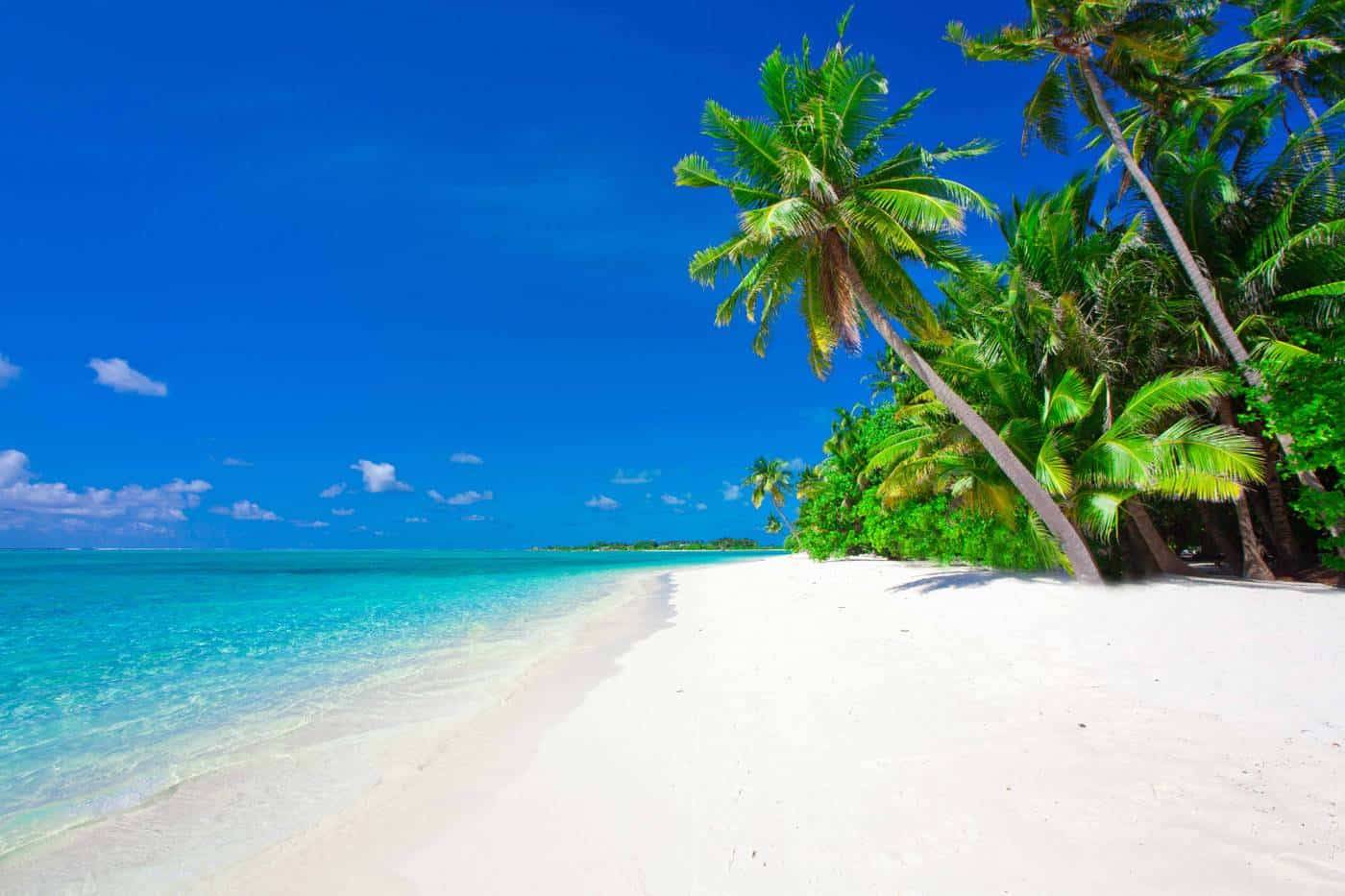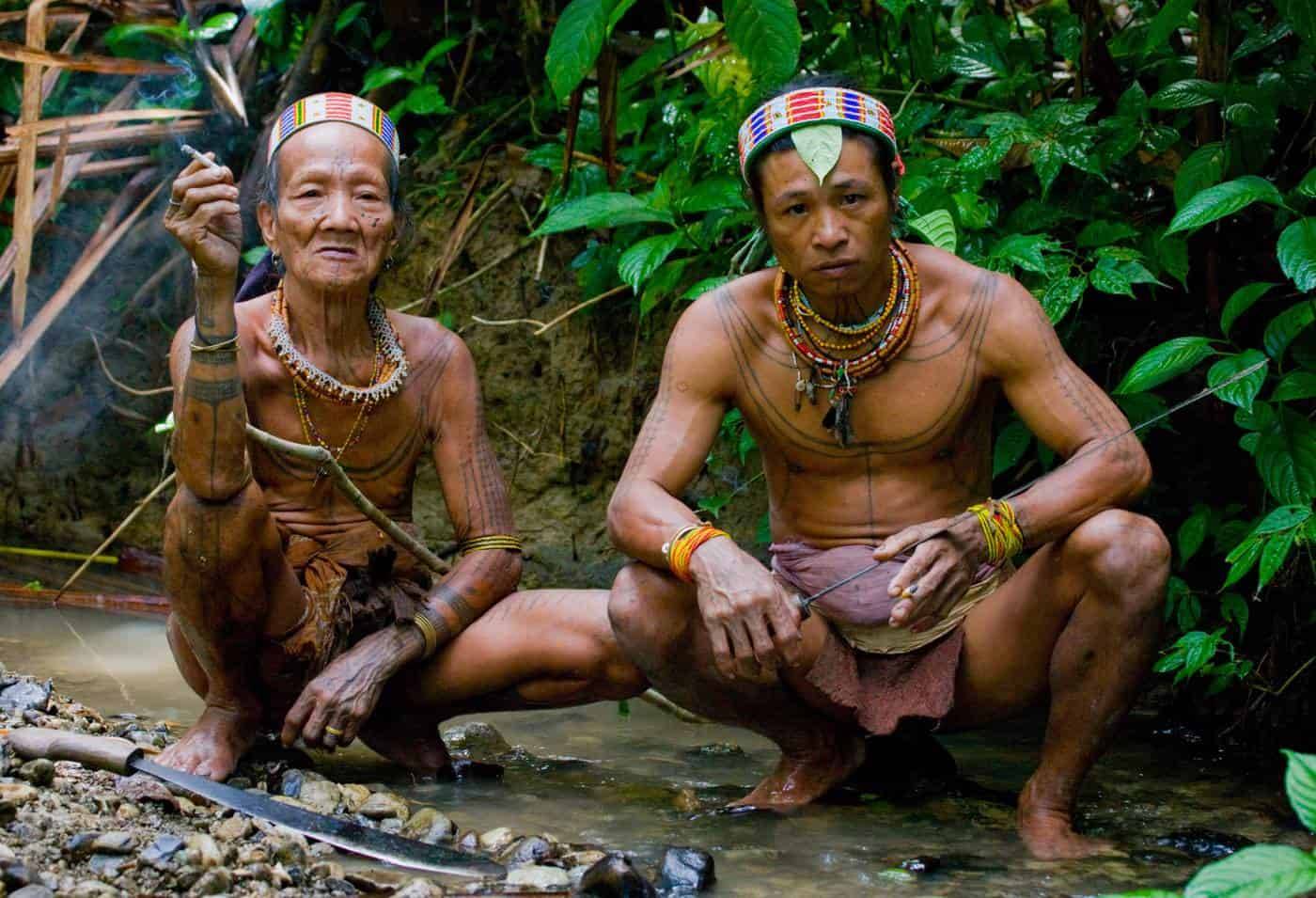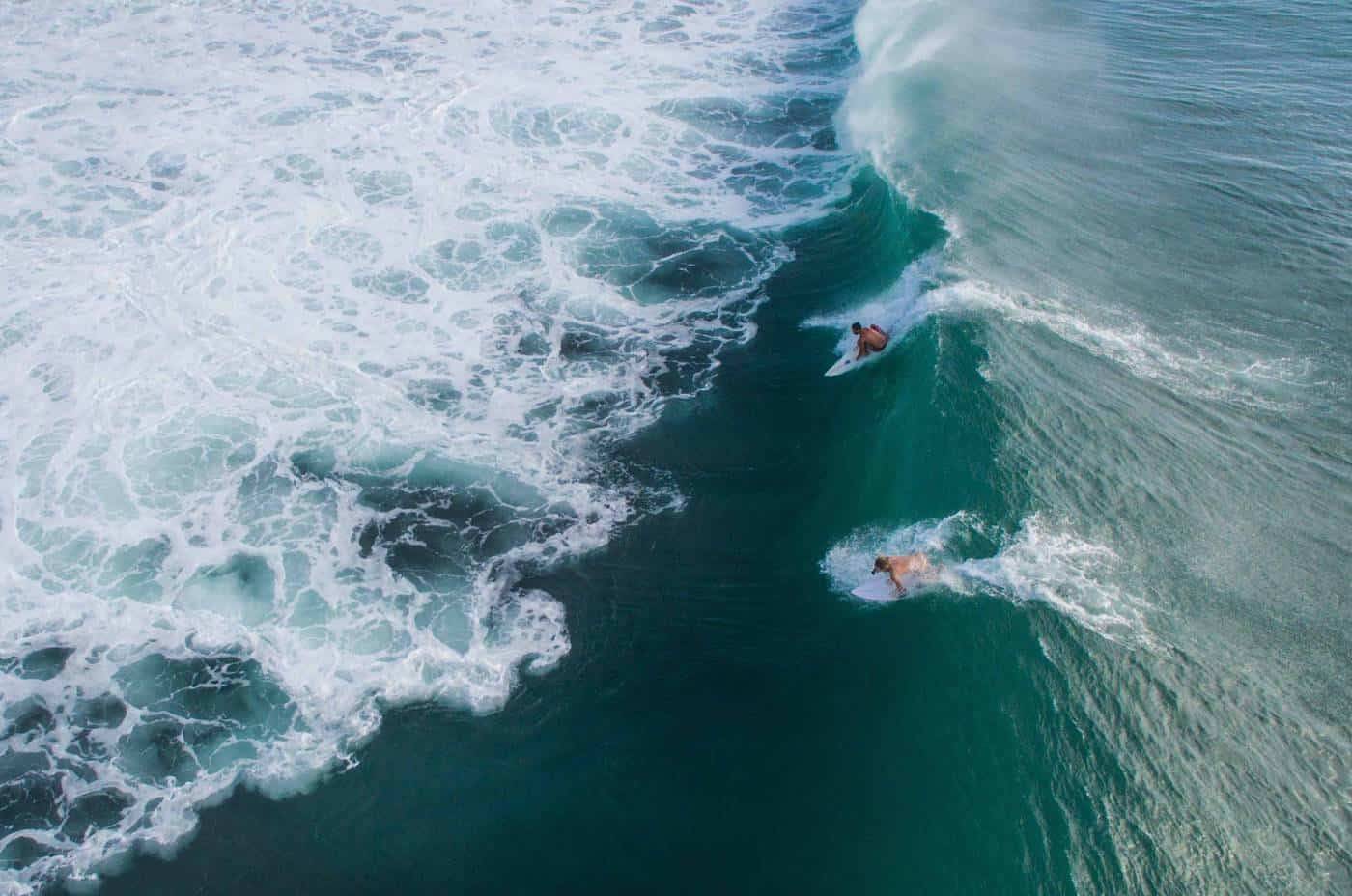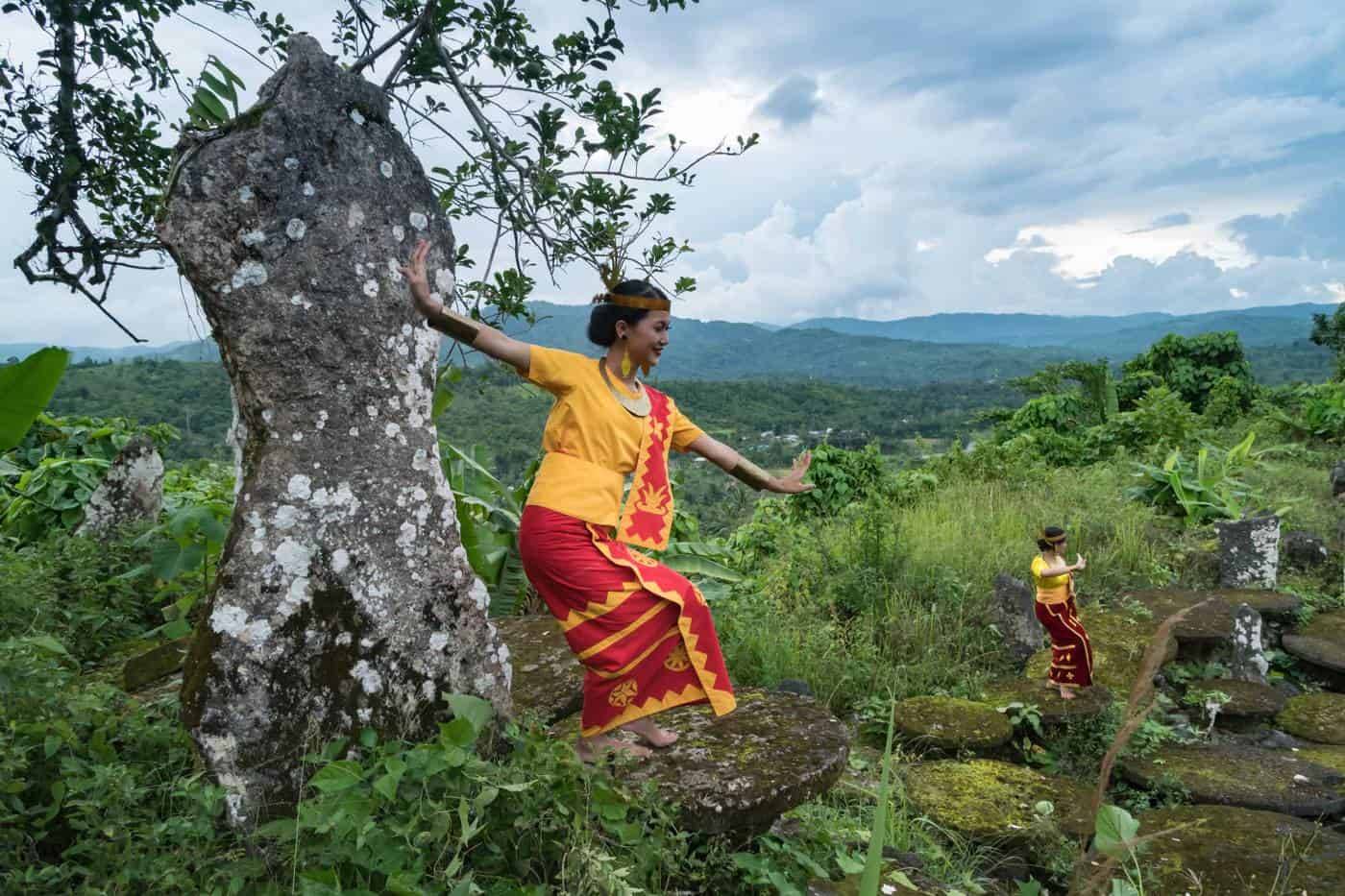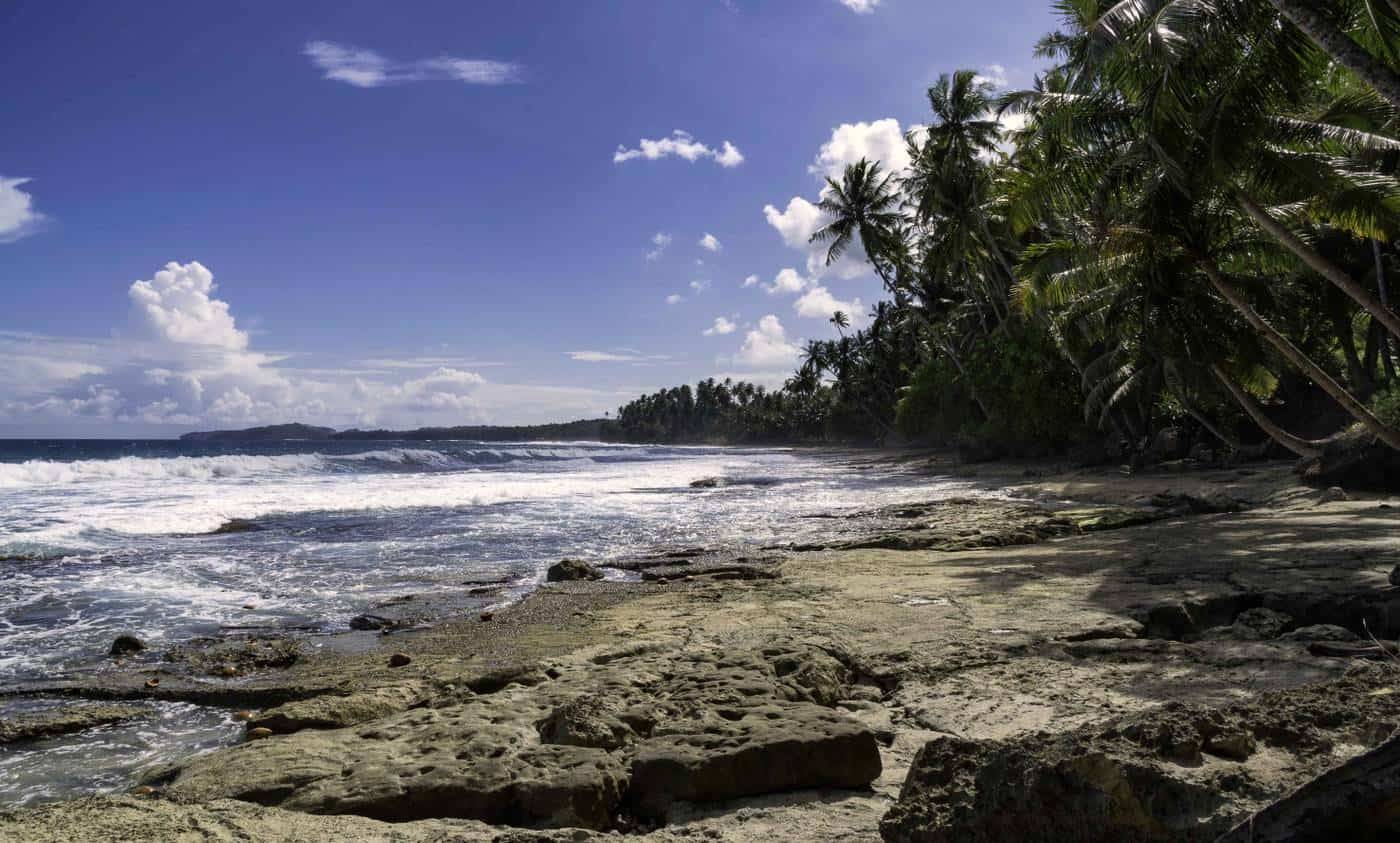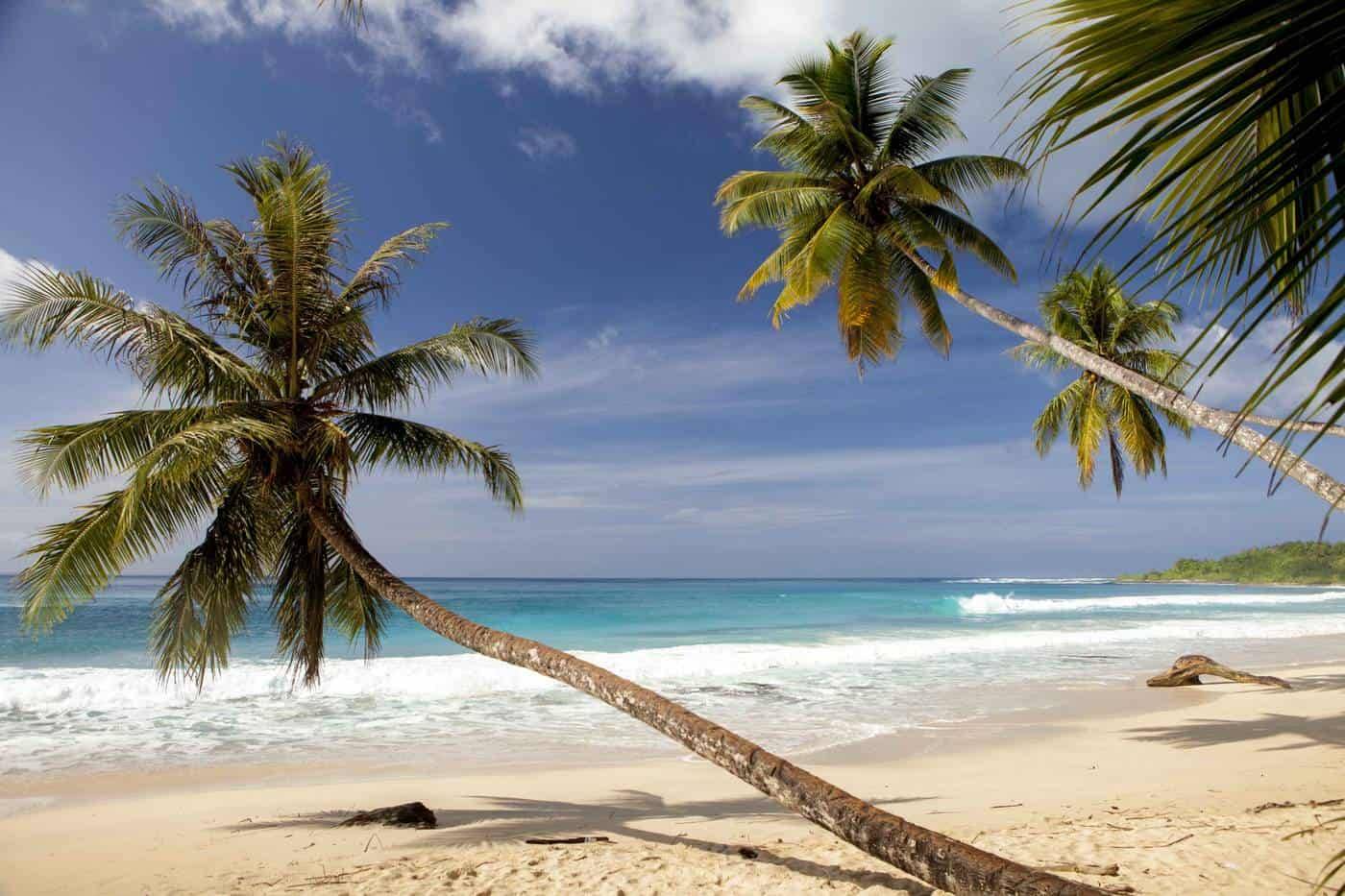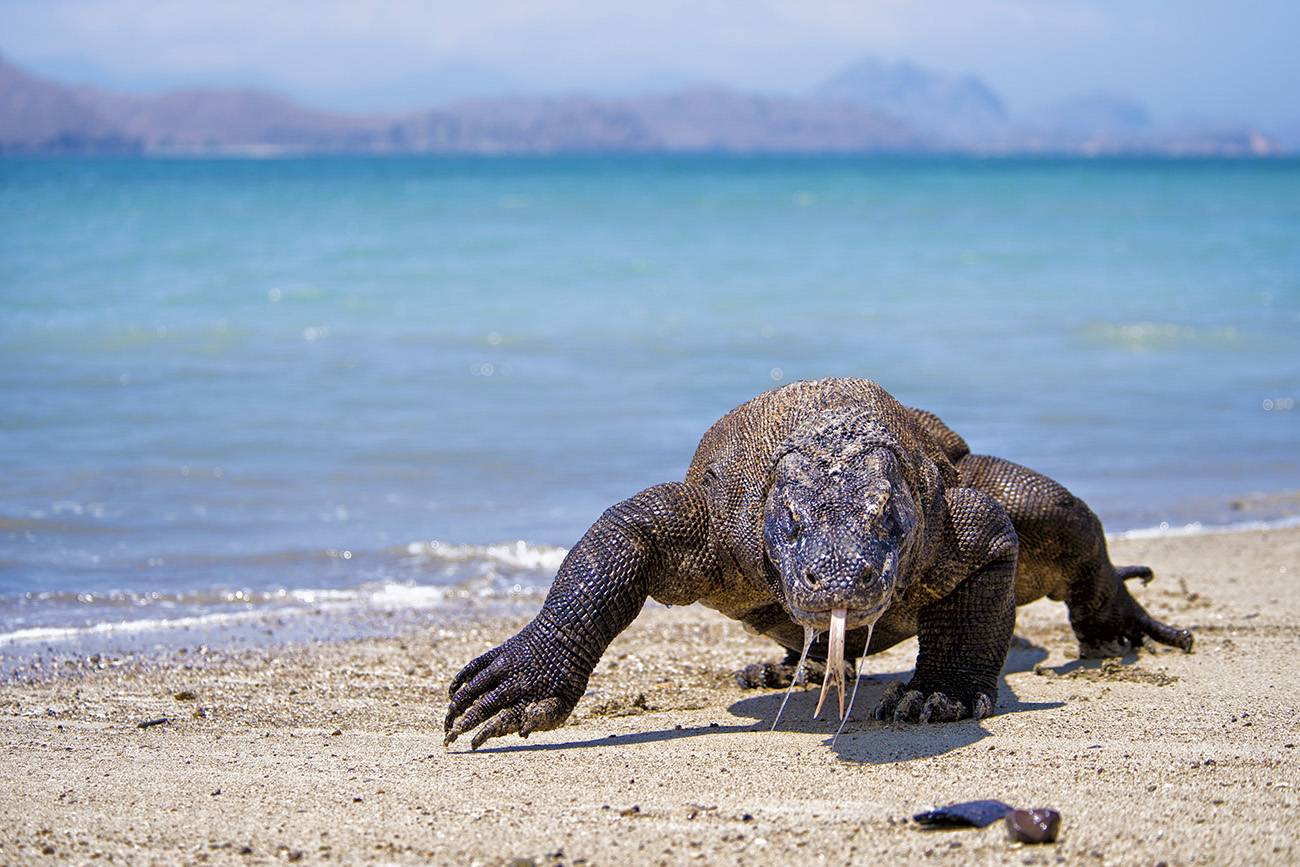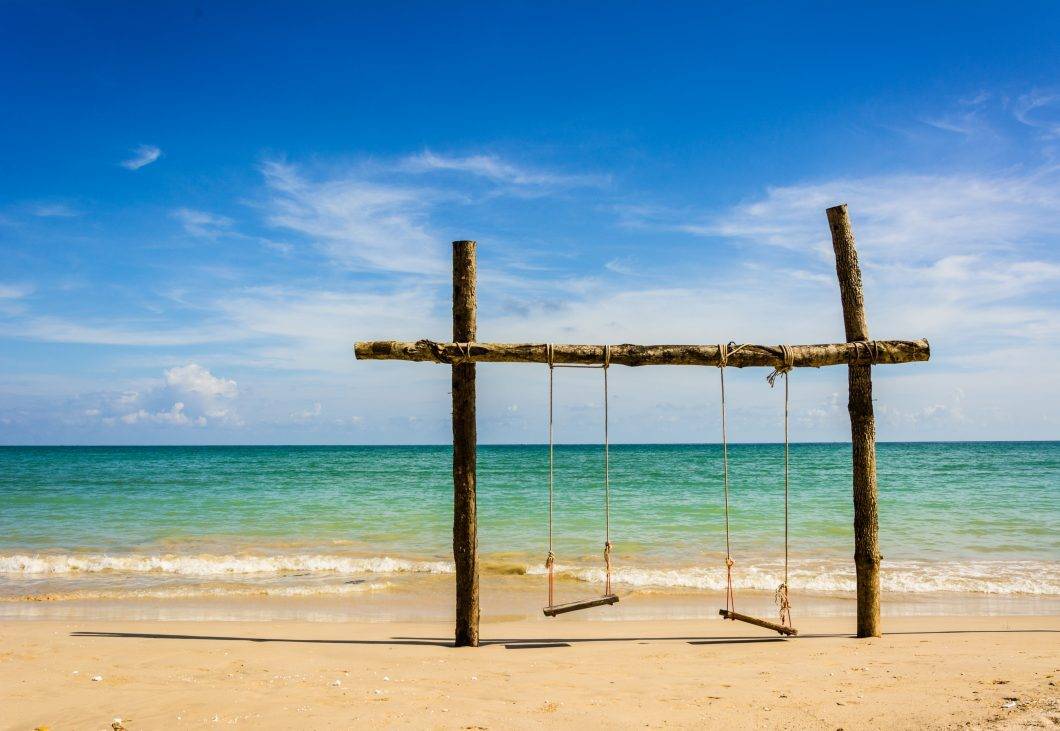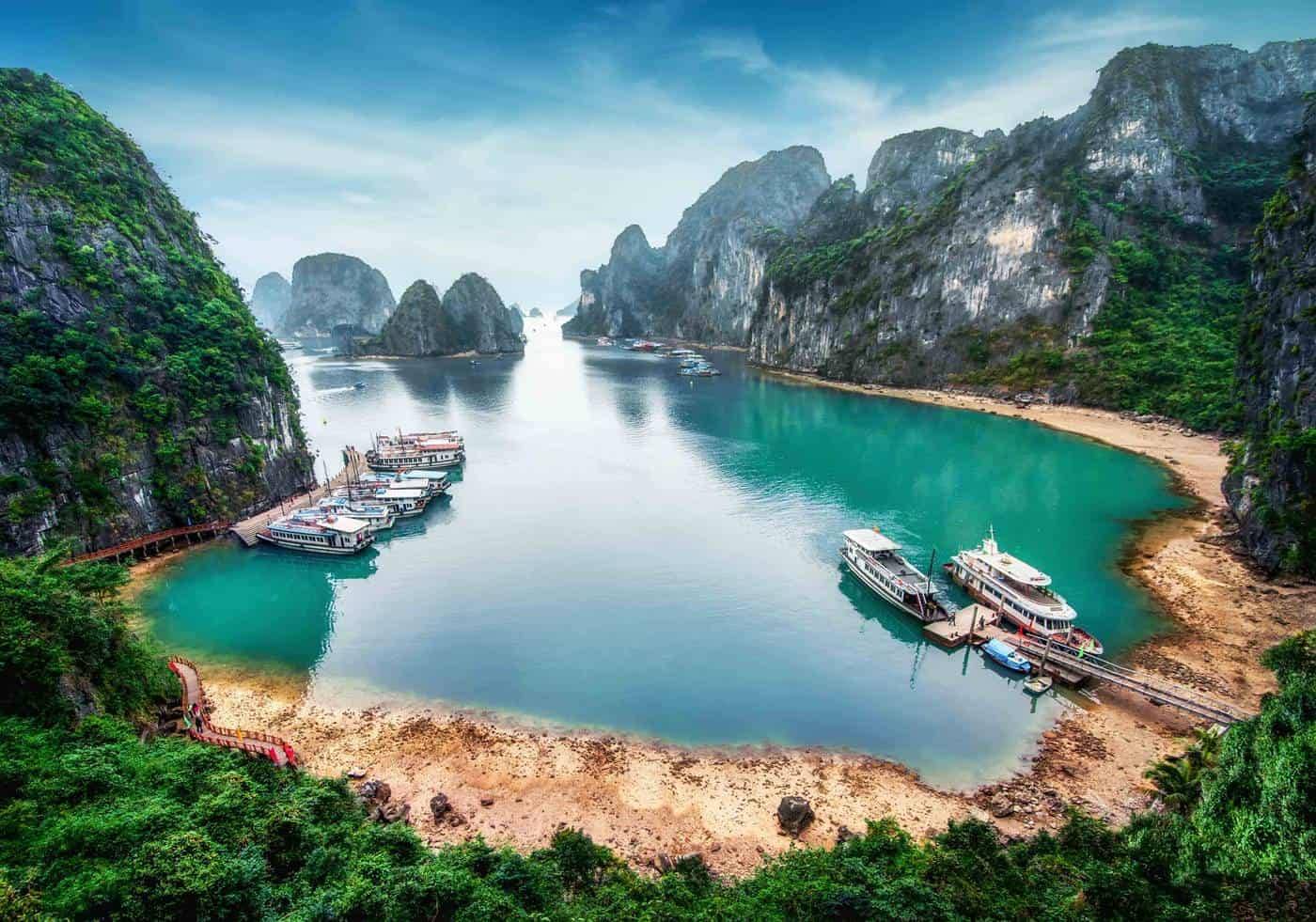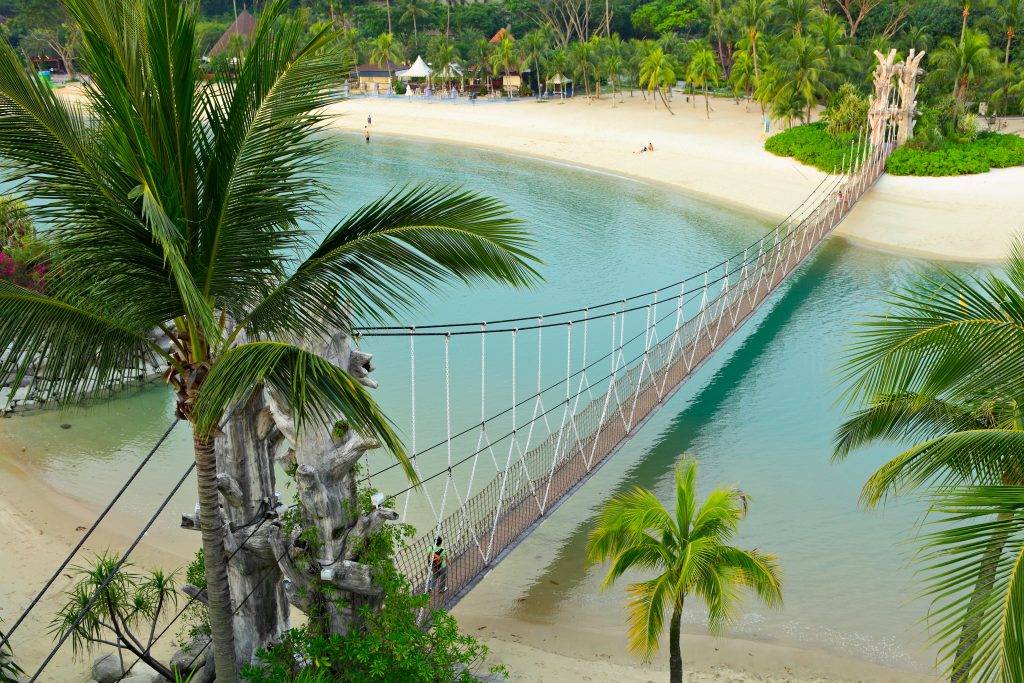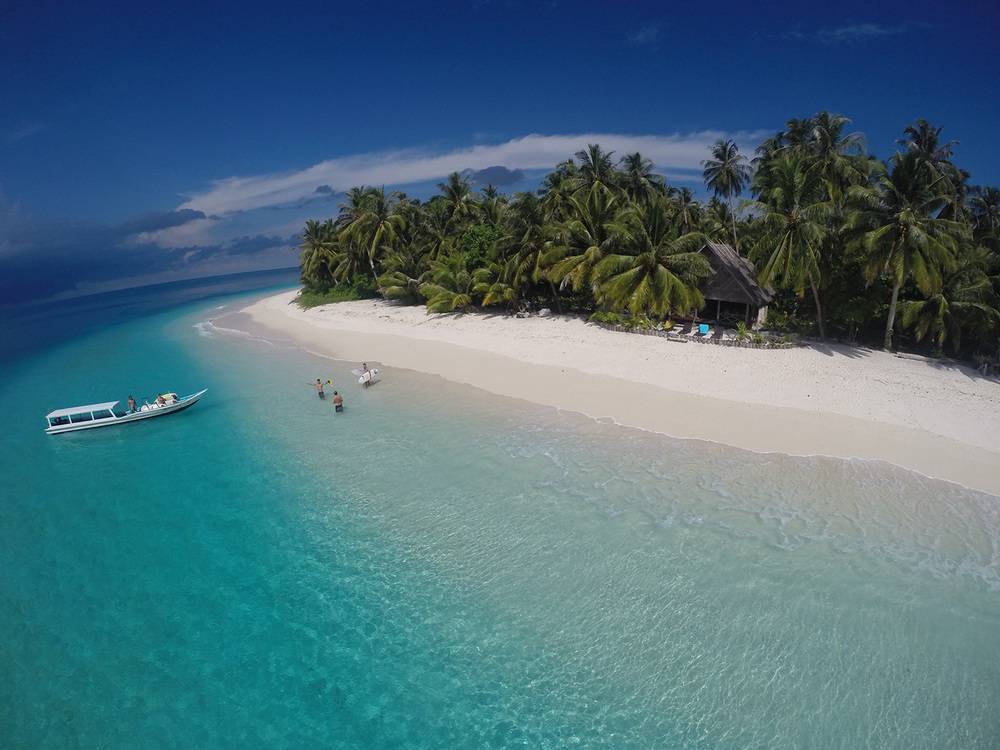
MENTAWAI & NIAS (GRAND SURF BENEATH PREHISTORIC TRIBAL VILLAGES)
The chain of islands, spanning along the entire West Sumatran coastline, is sort of an extension to the pristine shores of the mainland. The Mentawai archipelago, well-known by the Australian surfers, is not just a big-wave-paradise and brilliant diving location, but also an idyllic holiday spot, offering everything one would imagine to be a dream island; crystal-clear aquamarine waters, radiant corals, white sands, coconut palms, beachfront bungalows and tropical waterfalls.
Surfing and scuba diving are the major points of interest in the Mentawai Islands, but even the rainforest provides ideal conditions for trekking and wildlife spotting. The inland jungles are still largely man-untouched, and jungle-tours can be organised at any resort.
On the top of that, The Mentawai islands are becoming increasingly popular eco-tourism hotspot. The indigenous Mentawai people still lead a primitive way of life and follow the traditions of their ancestors. The native tribes are animists, living deep in the forest in, so-called, ‘Uma’ longhouses, and the isolation makes them totally self-sufficient.
They inhabit five main islands: Siberut, Sipura, Sibigau, North Pagi and South Pagi, and only Pulau Siberut is fully open to foreigners who can book an eco-tour to visit some of the Mentawai villages and learn more about their culture.
WHAT TO DO ON THE MENTAWAI ISLANDS
- Scuba diving – discover secrets of the unexplored underwater word (experienced scuba divers only, guide essential, booking at one of the island`s resort)
- Ecotourism – arrange a tour to one of the offshore islands and their villages to interact with local tribes who still live in a way their ancestors used to hundreds of years ago (there are a few homestays and eco-lodges on the Mentawai Islands )
- Surfing – of course! Catch a wave and enjoy the epic surf (advanced surfers only, make sure you always get updated info, ask for some tips and advice at your surf camp)
TO GET TO THE MENTAWAI ISLANDS: Fly to Padang, where you will need to take an overnight slow ferry (the whole night) or day fast ferry (3 hours) to Pulau Siberut/Mualasiberut (provided that you travel independently).
However, most of the visitors would book a package in Padang or Bukittinggi as it might be a hassle to move around on your own. Otherwise, organise a resort accommodation online before arrival and simply hire a boat that takes you to from Padang directly to your resort.
NIAS & BATU ARCHIPELAGO
The outlying offshore islands of North Sumatra are internationally famous with surfers, yet less known with tourists. The archipelago is quite a unique place, not only for splendid beaches.
For anthropologists and historians, the indigenous Ono Niha people present a captivating culture, with distinct music, dance and festivals, and important archaeological sites – the Nias Islands are home to one of few remaining megalithic tribes on Earth.
Touching the equator, the islands of Nias and Batu are defined by sweltering heat, high humidity and powerful swells of the Indian Ocean. This surfer`s paradise might be the ‘wave less ridden’ but definitely not inaccessible.
Flights from Medan and boats from Sibolga will bring the travellers to the exotic Pulau Nias, and you will need to have enough cash on you, as there is no ATM on the islands.
Apart from the fantastic surf, the Nias archipelago welcomes all visitors interested in the local festive spirit and cultural celebrations.
The town of Teluk Dalam and surrounding villages regularly assemble to enjoy war dance, stone jumping, tribal rituals and music performances – the major tourist attractions.
The even lesser-known Batu Islands are almost exclusively visited by surfers (Pulau Telo has a luxurious surf resort & world class surf – be prepared to pay adequately, though).
NOTE A perfect way to travel the island independently is renting a scooter and exploring pristine beaches, traditional villages, jungle waterfalls, endemic fauna and flora.
WHAT TO DO ON THE NIAS ISLANDS
- Nias Surfing – Sorake Bay & Lagundri Bay (Teluk Dalam), Hinako Island, Asu, Bawa, (surf camps offer all-inclusive packages)
- Ecotourism – Bawomataluo village (UNESCO recognised historic site and a masterpiece of the native culture with megalithic monuments, traditional houses, rituals, celebrations, etc.)
- Batu Surfing – for real off-the-beaten-track adventure visit the Telo Island (perfect for experienced surfers), basic boats depart from Teluk Dalam
TO GET TO THE NIAS & BATU ISLANDS: Fly from Medan to Binaka Airport (Nias) or catch a bus from Padang to Sibolga (8 hrs drive) where you need to take a boat to Gunung Situoli Port in Nias. (Optionally, book online an all-inclusive package at one of the local surf camps)
Pulau Telo (Batu Islands) has a luxurious surf resort that offers all-inclusive packages (online booking). Otherwise, there is a basic boat ferry from Teluk Dalam (Nias Island) to Pulau Telo.
USEFUL TRAVEL TIPS
Religion – Sumatra is strictly a Muslim Realm, and conservative dress is expected at all times, especially women. Female travellers occasionally reported feeling extremely uncomfortable at some places, e.g. tried to be touched by the locals due to their skin colour or bright hair, been subject to loud mockery for their “lack of clothing” and so forth. Be aware of the fact that many residents might have never seen a person of a Caucasian race and are not familiar with the “Western fashion”.
Health – There is a high risk of Malaria in Sumatra, particularly during the rainy season (Dec-Feb). Vaccinations such as Hepatitis A, B and Tetanus are recommended. In some cases, the Yellow Fever Immunisation is required (check with your national health policies).
Transport – The only way how to get around Sumatra is using local public transport/buses (angkot, labi-labi). However, this can often be a gruelling experience – distances are huge, the roads tortuous and the driving hair-raising. On the other hand, it is part of the Sumatran travel adventure. To move around locally, the best way is either to hire an ojek, becak or bendi or rent your own scooter/bicycle (depending on the destination.
WHEN TO TRAVEL
Sumatra is generally recommended to visit between June and September during the dry season. Especially, scuba diving, snorkelling and eco-tourism are dependent on good weather.
Although some places have great surf conditions throughout a year, the rainy season makes many locations inaccessible. Hence avoid travelling between December and February.
HOW TO GET THERE
Fly to Medan or Padang (via Jakarta, Singapore or Kuala Lumpur).
For all international flights go to www.momondo.com or www.skyscanner.com
For all domestic Indonesian flights check out www.garuda-indonesia.com
